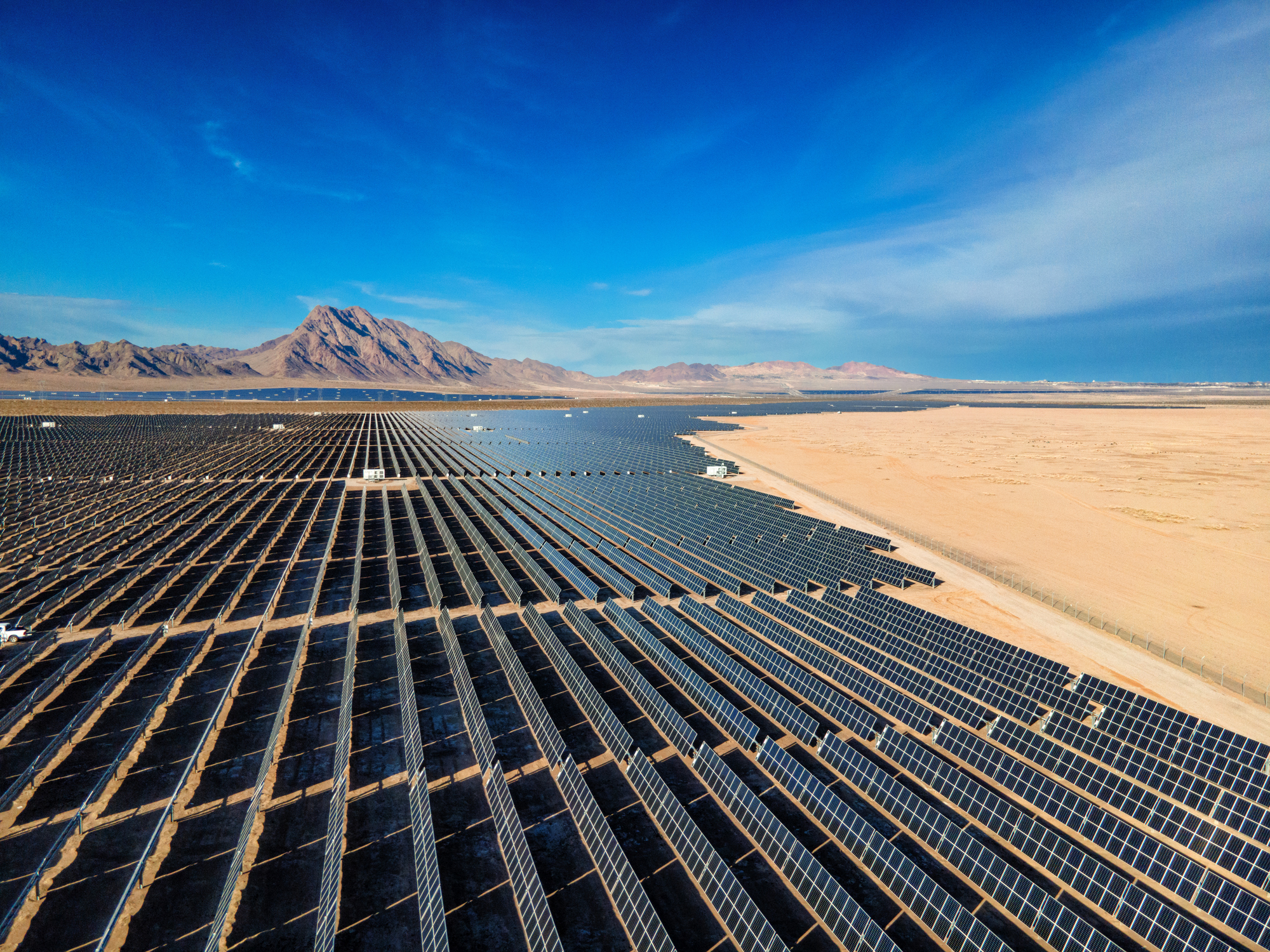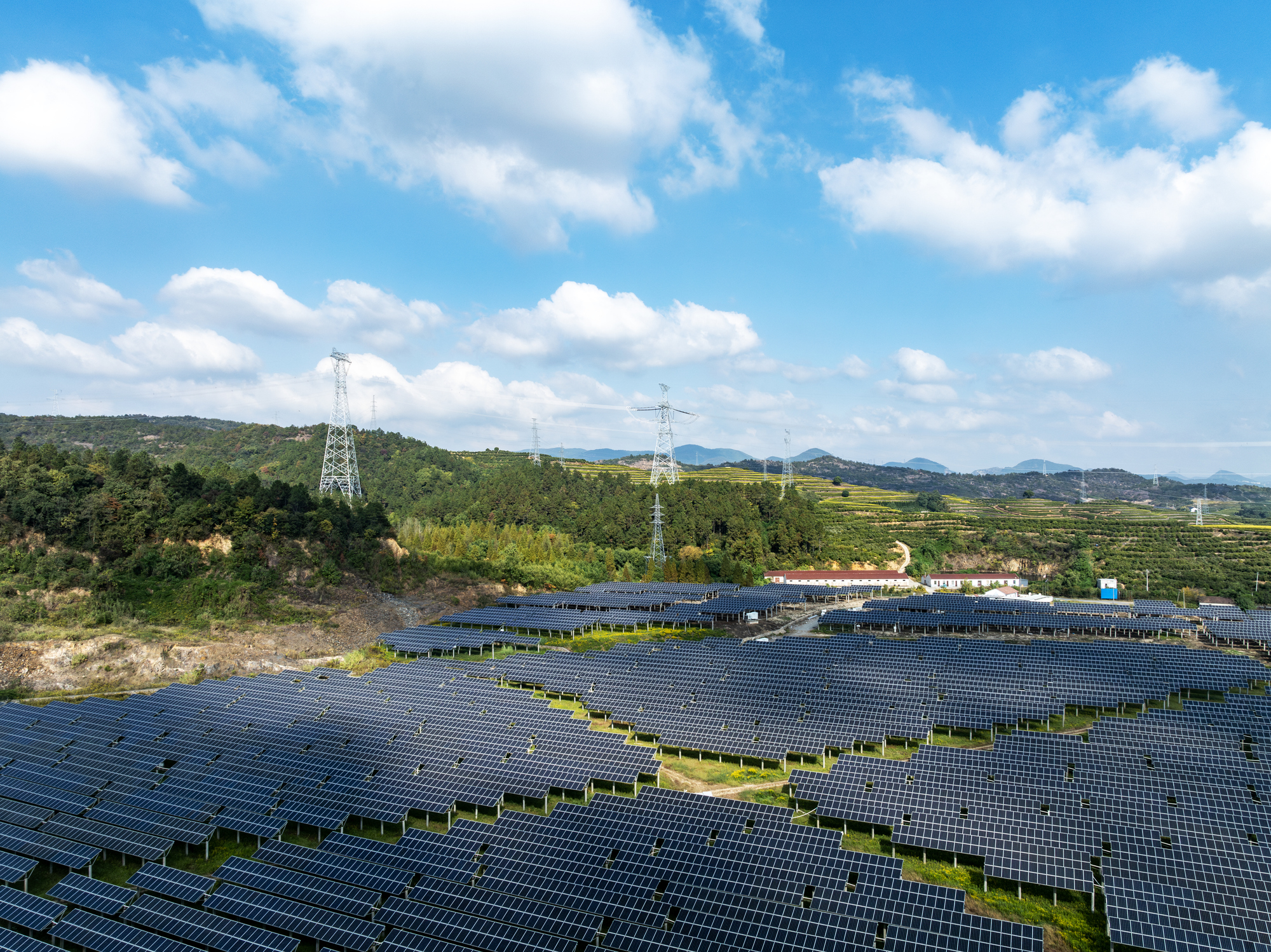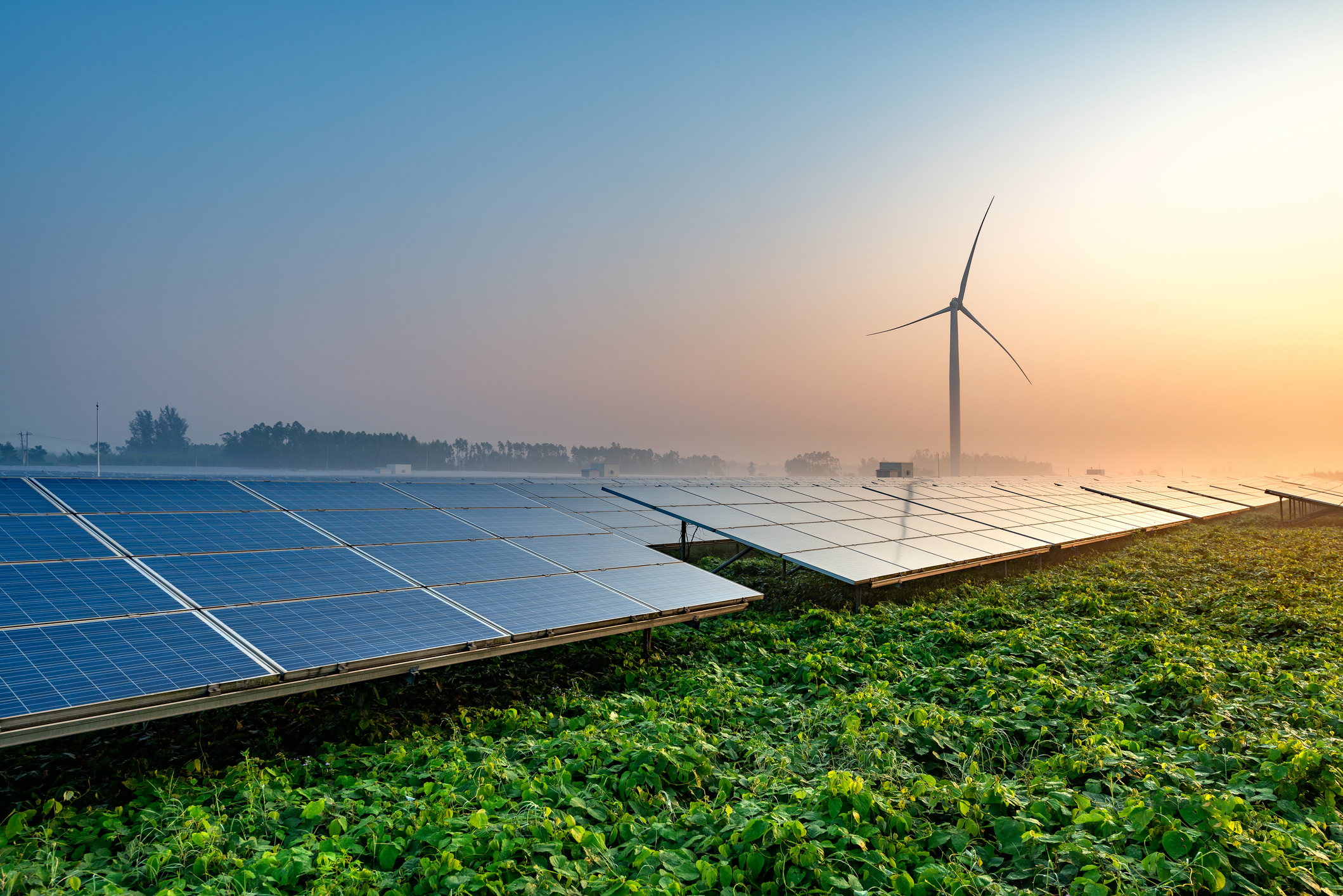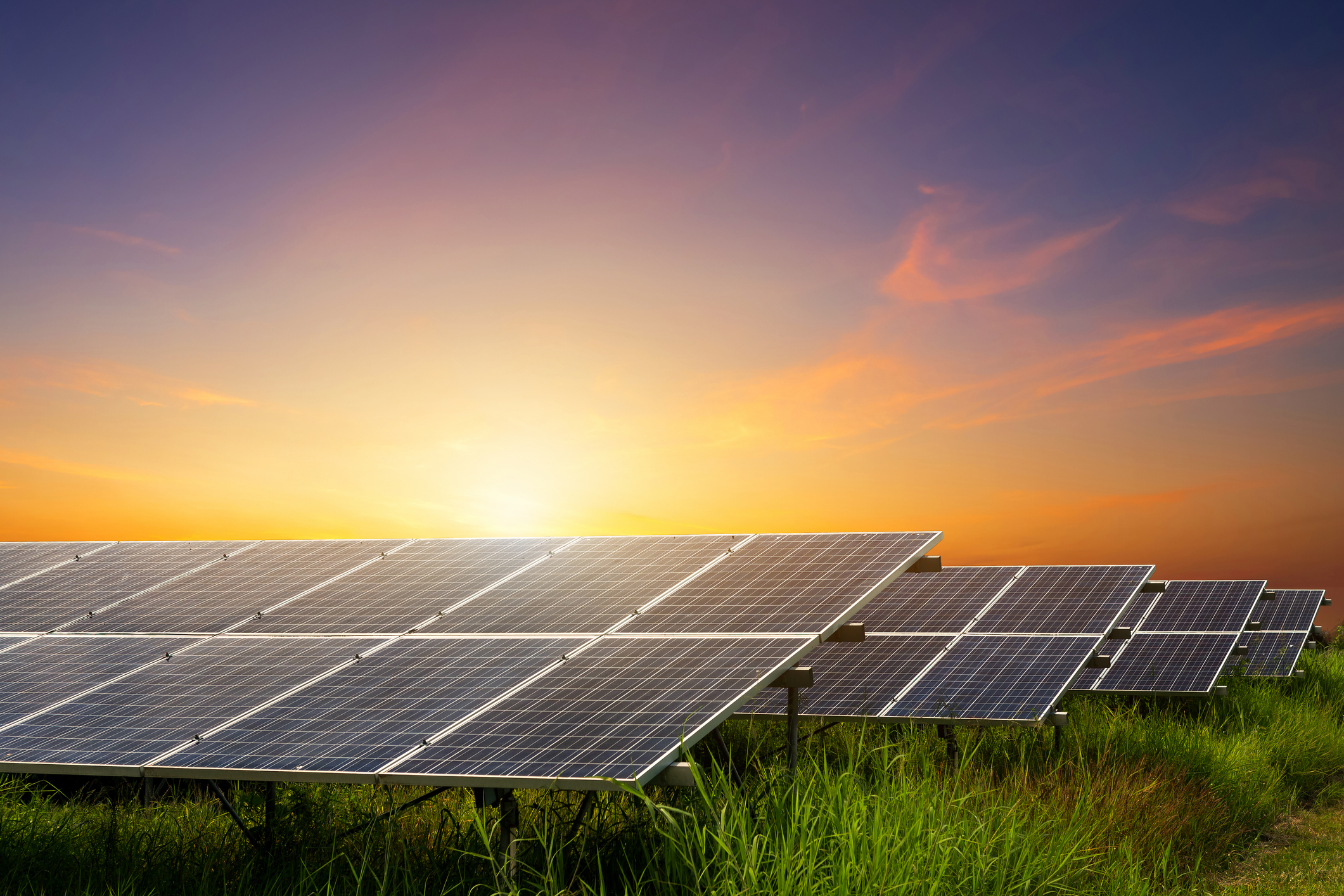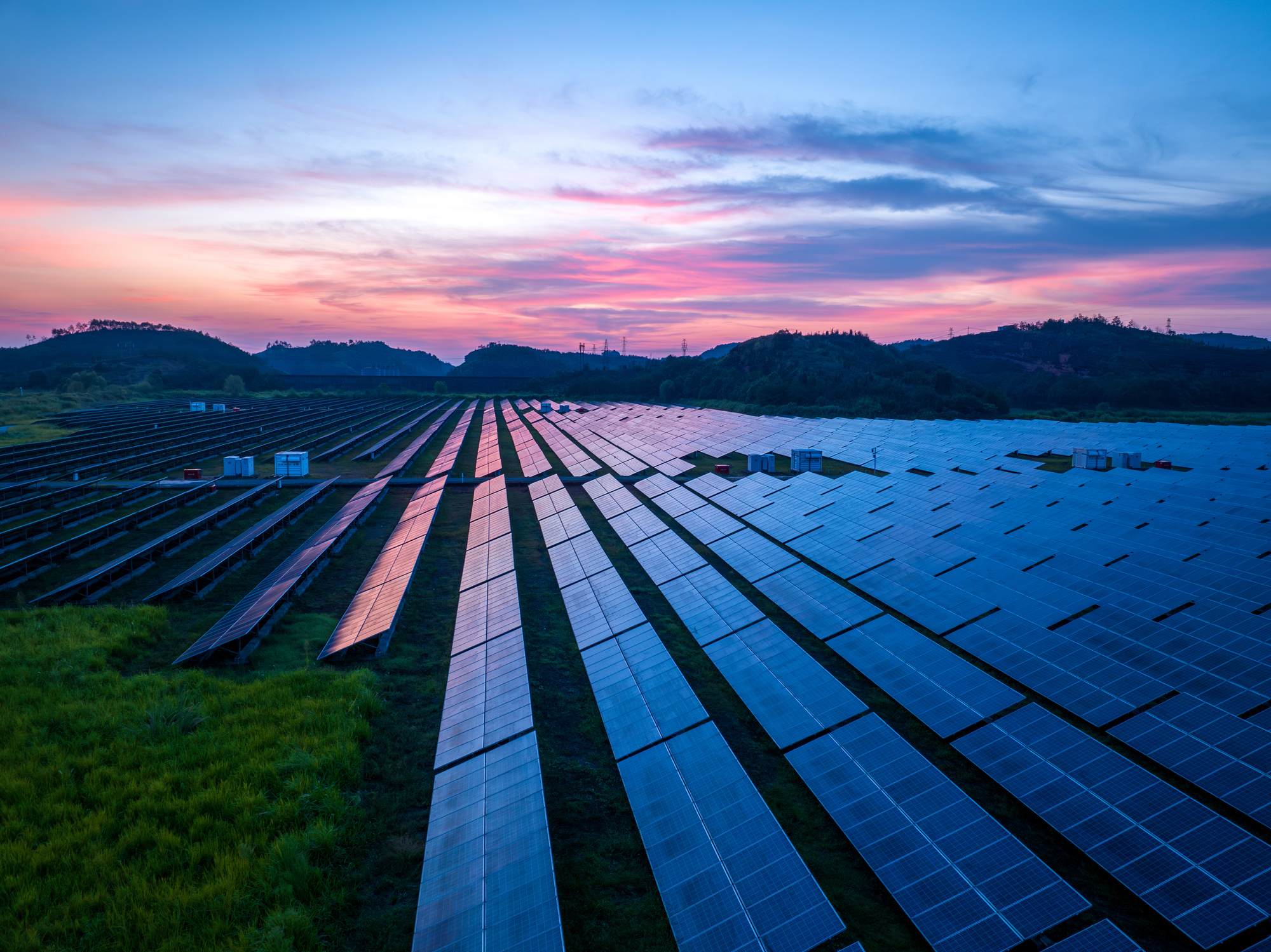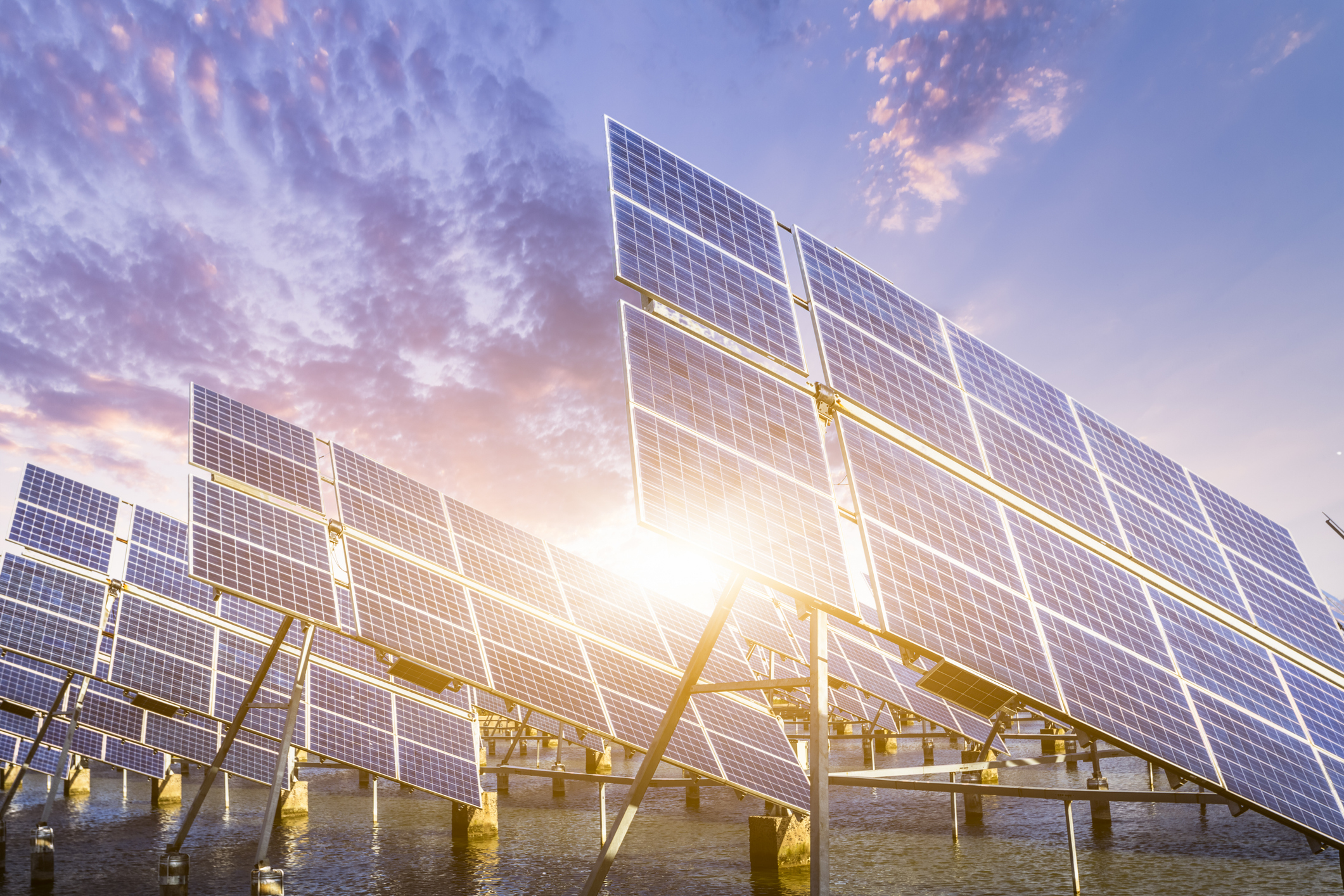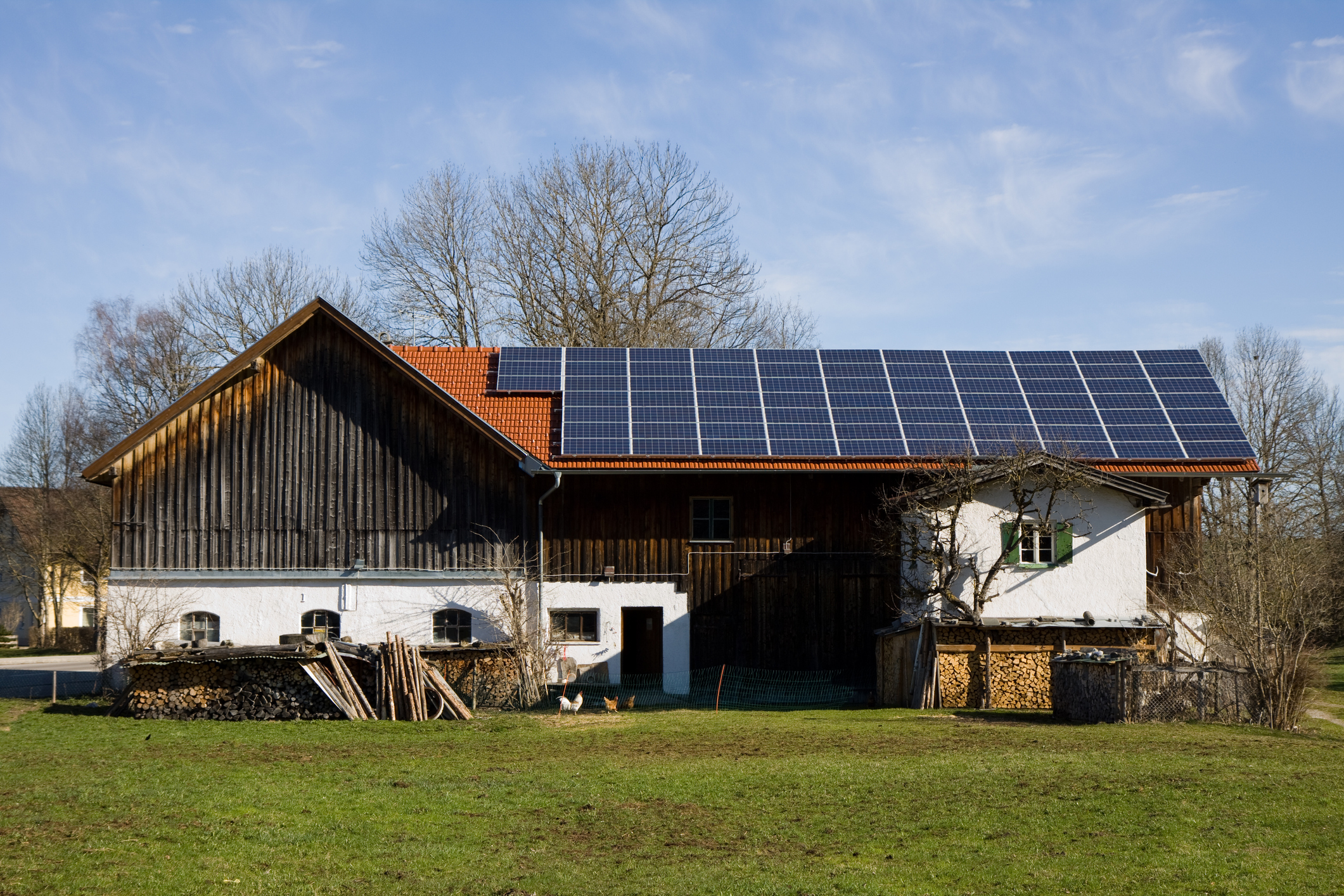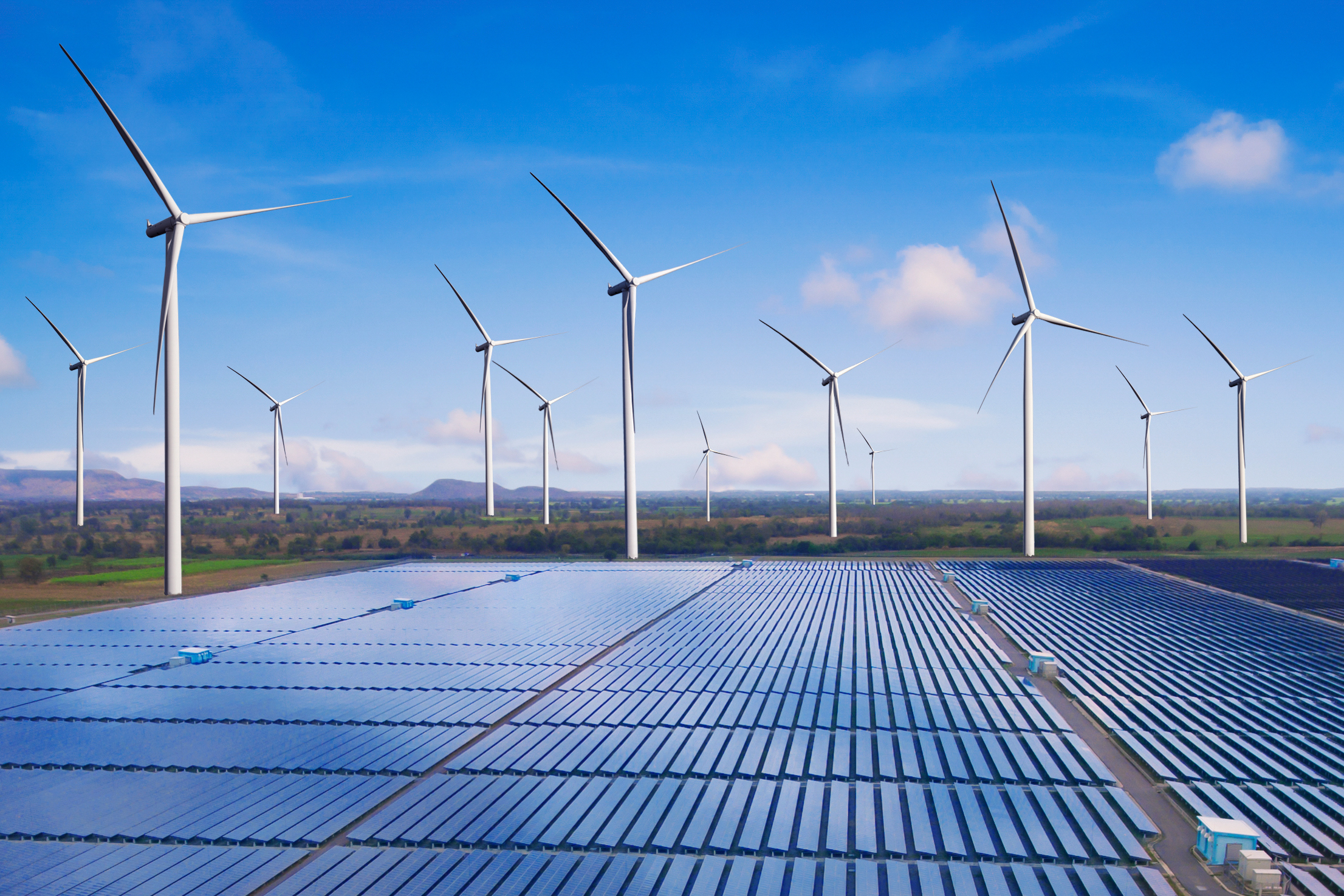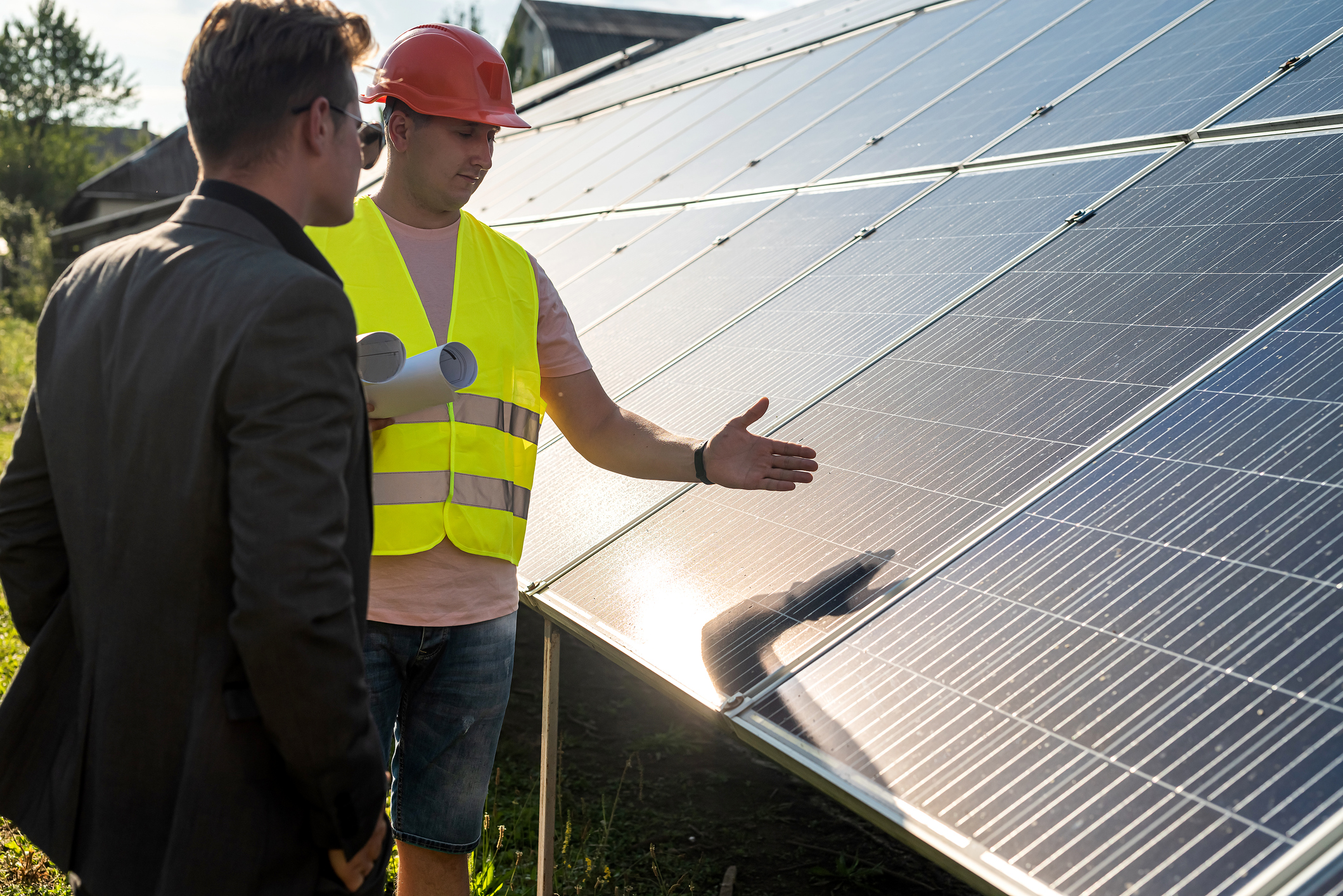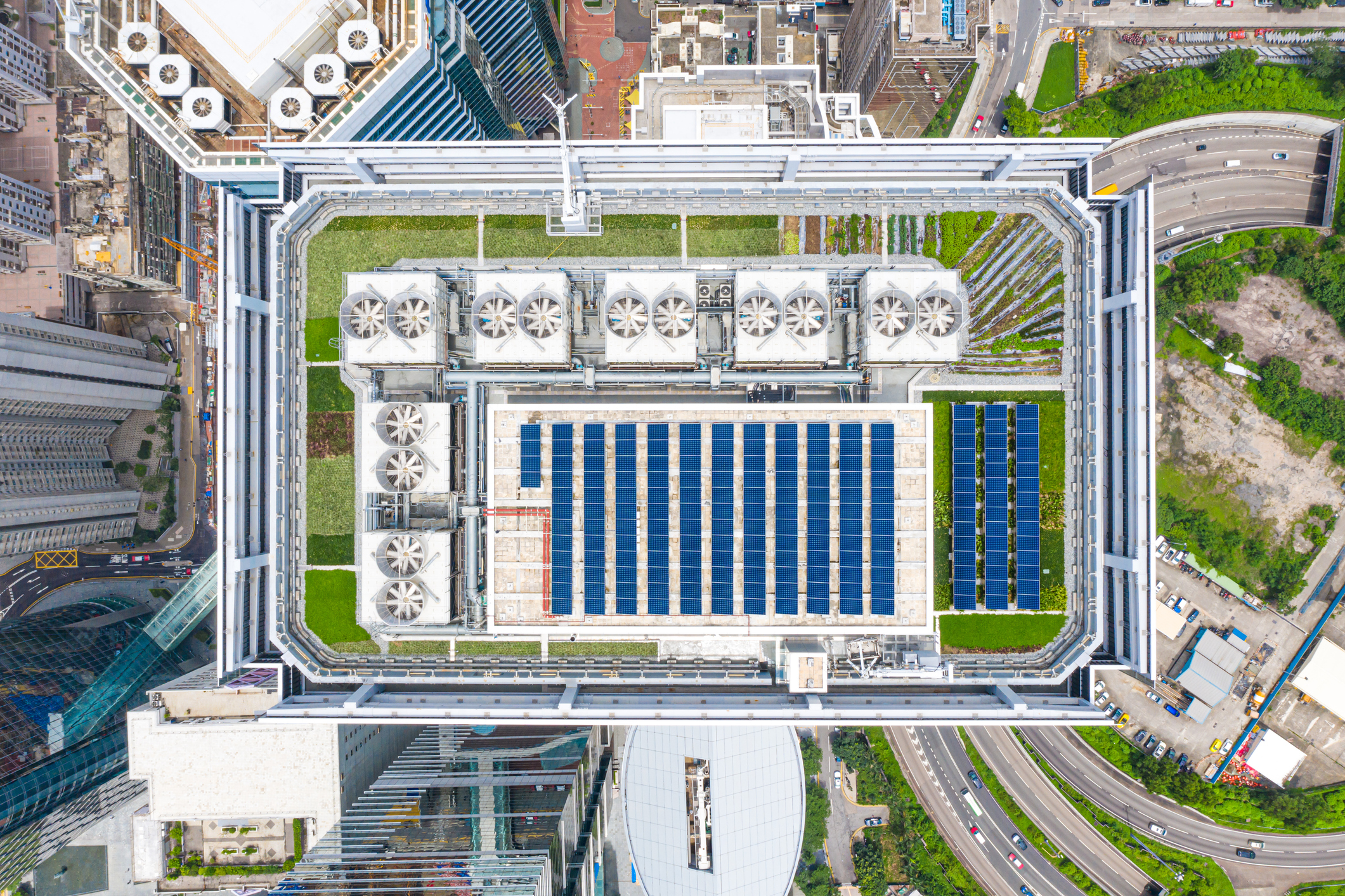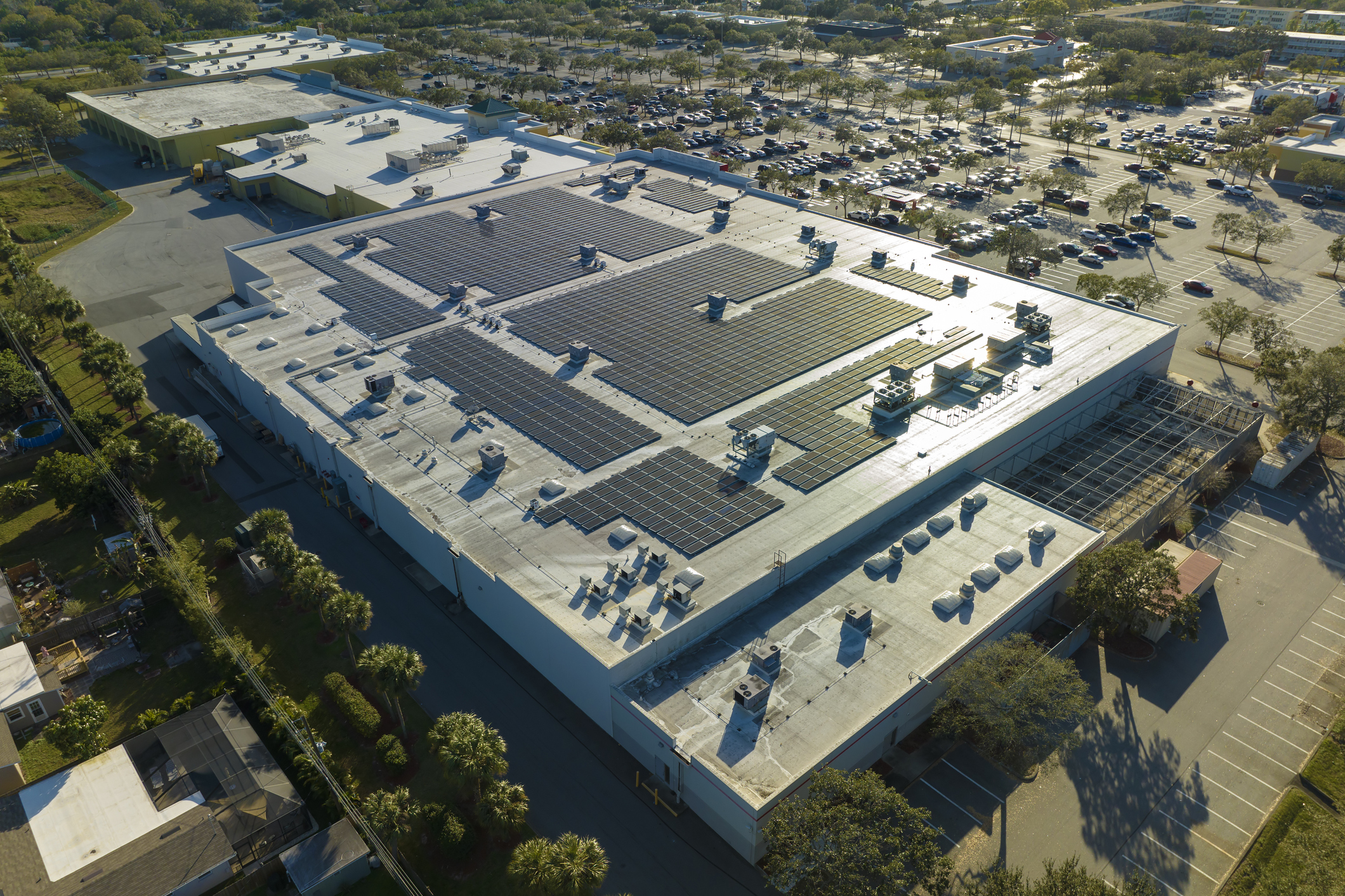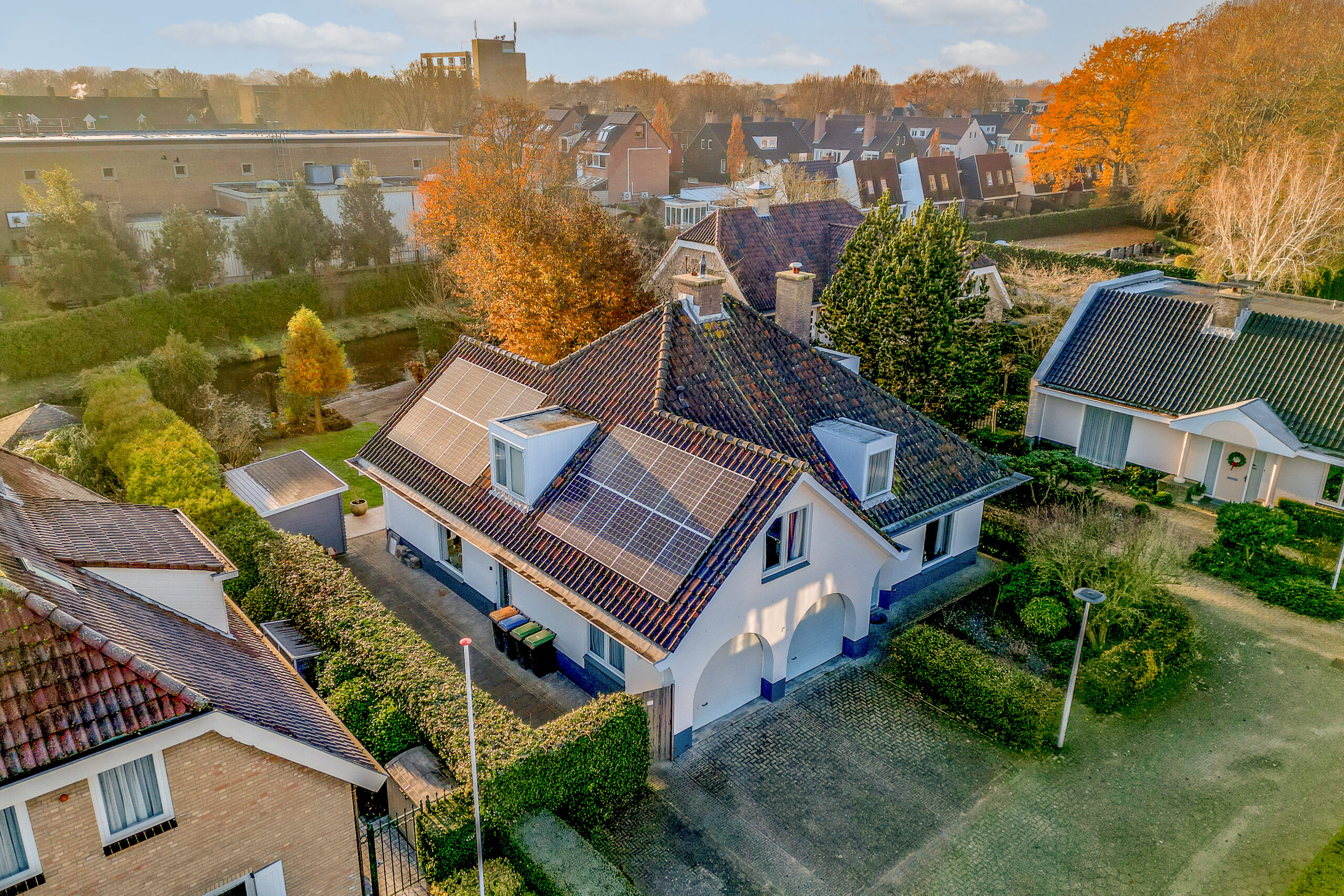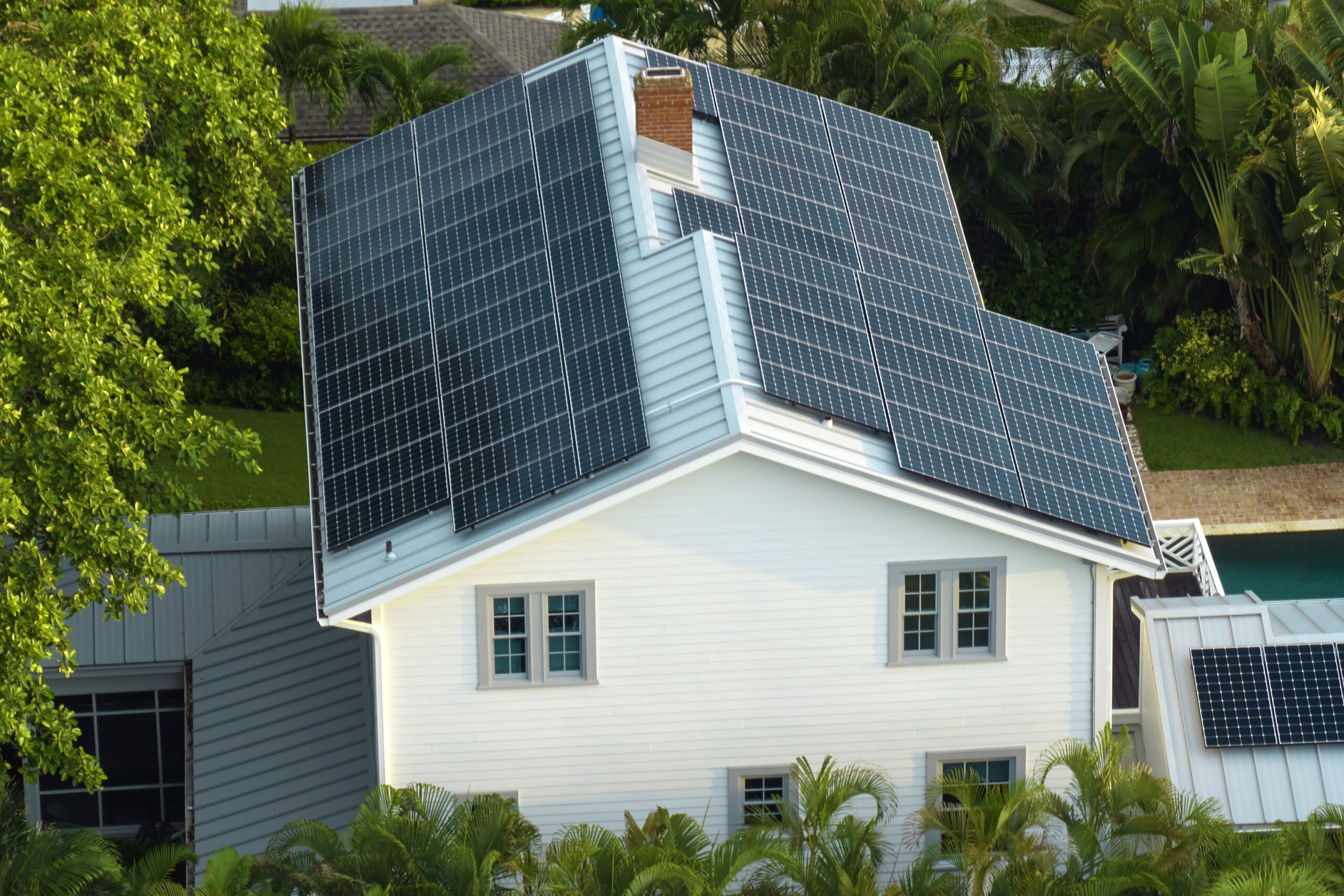Picture this: a sunny day that illuminates the environment and propels your home’s electricity. This, my friends, is another dream that translates not into a second of darkness but into the promise of solar energy. At Troop Solar, we’re here to ensure that real life and that promise come hand in hand. Have you ever asked yourself, ‘How many watts does a solar panel generate? This exciting topic is required reading as we light our way to a solar-powered world.
Understanding Solar Panel Output: The first and foremost factor any style novice must
address is the question of, “What are they?”.
Looking at the numbers, one must first understand the basics.The electrical power produced
by a solar panel is provided in watts (W) which shows the energy delivered based on standard
conditions, normally an hour’s light intensity. If there is a panel labeled 300W or 400W, then
it is the power output nameplate of the module.
What is a Watt?
For solar panels, it is just the amount of electrical power that a panel outputs in typical
conditions. Watt is a small unit when talking about solar panels, so usually, we use kilowatts
(1000 watts) or megawatts (1,000,000 watts!). Knowledge about these units allows you to
quantify how hard something is working in your home in terms of generating or using
energy.
What are solar output measurements? Solar Panel Power Output is calculated under
Standard Test Conditions (STC) Watt per hour, Which Hustle as:
1. Watt per hour, which hustle as: 1. By 1 kilowatt per square meter of solar irradiance.
2. A cell temperature of twenty-five degrees Celsius..
3. An air mass of 1.5.
These conditions are ideal and often do not replicate actual environmental conditions. Yet,
they allow providing a set of references to measure and compare different solar panels.
Types of Solar Panels
A solar panel is a device that comes in a variety and has properties in terms of efficiency and
power. The three main types are:
1. Monocrystalline Panels: These are fabricated from one continuous single crystal
and are characterized by high efficiency and generally a longer lifespan. They
are generally rated from 300W to 400W concerning the power output.
2. Polycrystalline Panels: All these panels are made through the fusion of silicon
crystals. The efficiency of polycrystalline solar panels is relatively lower than that of monocrystalline solar panels, but they are cheaper. Their power output normally falls in the region of 250W – 350W.
3. Thin-Film Panels: There are thin-film panels, which are made from different
materials and are less efficient than crystalline panels, but are lightweight and
flexible. Their power output is comparatively less and ranges between 150W
and 250W only.
Solar Panel Efficiency
The efficiency of a solar panel is one of the essential aspects as it determines the amount of
power produced by the panel· It means how much of the incoming sunlight can be turned
into useful electricity and it is measured in percent· Solar Panel Efficiency.
The efficiency of a solar panel is one of the essential aspects as it determines the amount of
power produced by the panel. It means how much of the incoming sunlight can be turned
into useful electricity and it is measured in percent. Higher efficiency means that panels can
generate power even in limited spaces. As for the efficiency of contemporary monocrystalline
panels, it varies between 5 to 20 percent, while polycrystalline panels have an efficiency of
13 to 16 percent. Thin film panels are comparatively less efficient with efficiency ranging
between 10% to 12%.
Factors Influencing Solar Panel Output
There are several factors that define the electrical output of a solar panel. Some of them are
the location of the building, the direction of the roof, the ability to provide shading, and the
quality of the panels.
Location:
Geographical location significantly affects the efficiency of the solar panel you intend to
install in your building. It is obvious that areas where the sun shines most of the time will
generate more solar power as compared to areas where the sun occurs least or for a limited
number of hours. Out of all the cities across the United States of America, Dallas in the state
of Texas provides a favorable environment for solar energy because of the number of days it
receives sunlight. On average, Dallas has about 234 sunny days in a year and is thus suitable
for solar energy production.
Roof Orientation and Tilt
The orientation and pitch of your roof are very essential. Rooftops that are inclined southward
and at an appropriate angle receive the most amount of sunlight, thus generating the most
energy. In the Northern Hemisphere, a southerly-oriented roof or surface includes the highest
amount of direct sunlight illumination during 24 hours. The optimal tilt angle is, accordingly,
equal to the specified latitude of your location. For Dallas, which is located at about 32°, the
maximum possible temperature for a day is 98 °F. At a latitude of 32 degrees north, the
optimal tilt angle is approximately 30 to 35 degrees.
Shading
Obstacles such as high trees, other buildings, or even shadows cast by the chimneys of other
buildings also affect the efficiency of a particular panel. One crucial task is to ensure that
your panels catch as much sun as possible for as many hours as possible. Any shade to even
a small portion of a solar panel can lower the output because most panels connect in a series.
This means that shading one part of a panel can drastically affect the output of the entire
string of panels.
Panel Quality and Efficiency
Let us state right here that not all panels are the same. Reliable manufacturers of high-
efficiency panels will still churn out more power when conditions are unfavorable. ome of the specific brands include SunPower, LG, Panasonic, and others. Higher efficiency panels generate more power per watt, which is better for the same area than lower efficiency panels.
While the initial cost of good quality panels may slightly be high, the results are usually better
and you keep on saving in the long run.
How many watts can a single one produce:
Commercially available solar panel system sizes today vary from 250W to 400W per hour,
and the newer ranges of solar panels are approximately 370W. To put this into perspective:
• A 300W panel can run a small load of power devices such as a fan, light, or laptop
among other loads.
• The 370W paneling is enough to supply larger appliances with the needed energy
although for a limited time only.
Basically, going solar means you are most probably fixing an array.
How to calculate the total power output of your solar setup?
1. Determine Your Daily Sunlight Hours: For instance, if your area boasts of 5 hours of
peak sunlight a day.
2. Multiply by Panel Wattage: A 400W panel in 5 hours of direct sunlight produces
2000W (or 2kWh) daily.
3. Scale Up: If you have 10 panels that entails 20kWh per day.
If you are using electricity for a family of four people and you use about 10,000 kWh per
year, you will need about 14 solar panels of 400W each on the premise of standard testing
conditions.
Policy and Incentive Changes
Like in any other industry, there are policies either being developed or already in place with
a view of promoting renewable energy as a source of power. Knowing more about such
changes will assist homeowners in navigating through the system to gain the optimum
benefits of using solar power.
Get Started!
Solar setup does not have to be complicated if you want to build one for your home or
business. That’s why viewing the process from end to end and asking questions such as ‘How
many watts does a solar panel produce;’ ‘How much energy do I use?’ is a far good place to
begin. At Troop Solar, we are very much focused on ensuring that you enjoy the benefits of
going solar with utmost ease.
